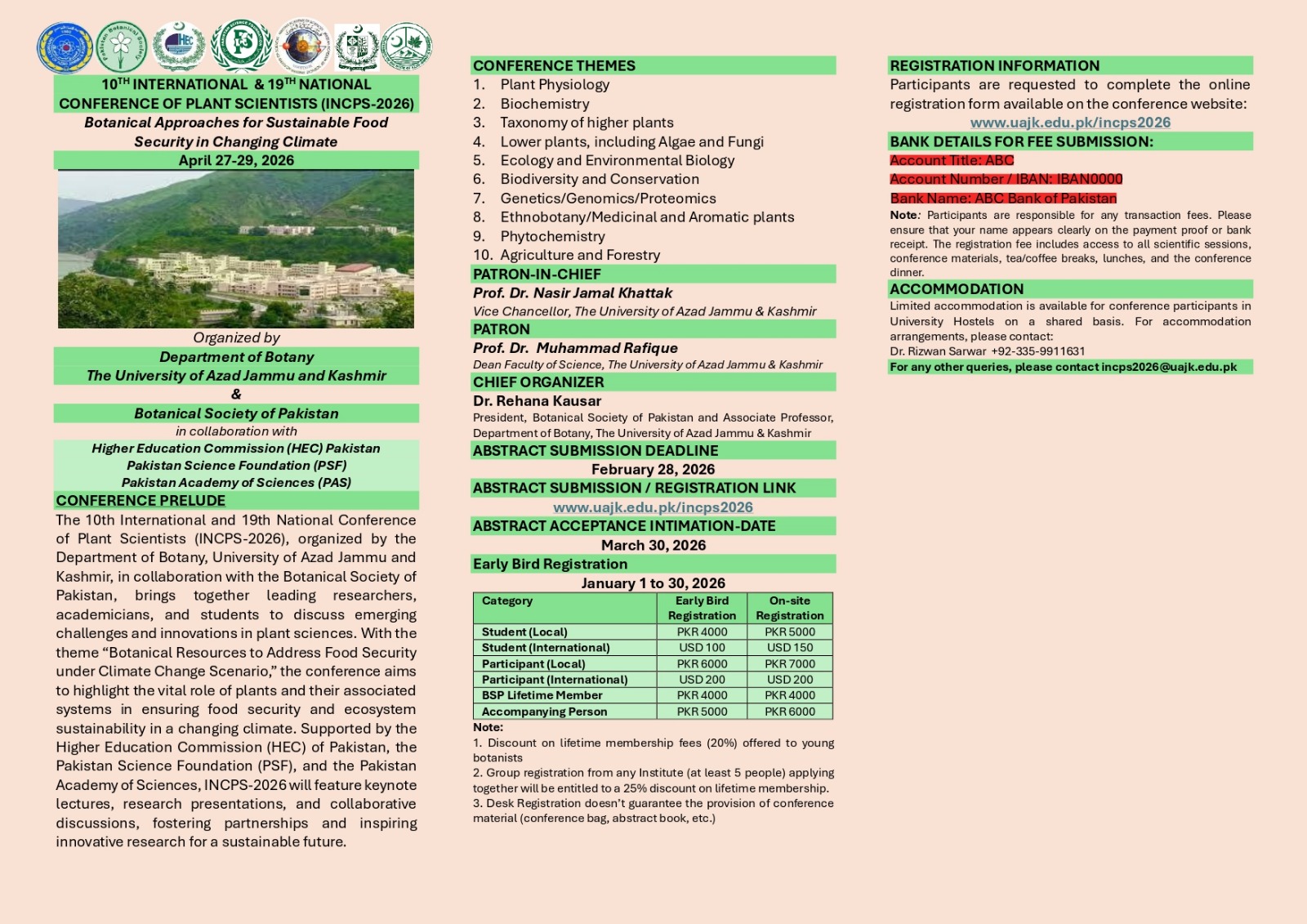
PJB-2008-168
AN OVERVIEW OF THE GEOBOTANICAL STRUCTURE OF TURKISH PINUS SYLVESTRIS AND CARPINUS BETULUS FORESTS
SALİH GÜCEL1 , KÜRŞAT ÖZKAN2, SEZGİN ÇELİK3, ERSİN YÜCEL4 AND MÜNİR ÖZTÜRK5
Abstract
Pinus L. and Carpinus L. are the two widely distributed genera of gymnosperms being represented by 80 and 170 species respectively. The former has 5 species in Turkey and latter 2 species namely; P.pinea, P.halepensis, P.brutia, P.sylvestris, P.nigra ssp. pallasiana, Carpinus betulus and C.orientalis. In this paper an attempt has been made to present an overview of the geobotanical structure of Pinus sylvestris L. and Carpinus betulus L. in Turkey. Out of 20.2 million hectares of forests in Turkey yellow pine covers nearly 1.3 million ha and hornbeam species around 10 thousand ha. The forests of P. sylvestris are found in North, Northeast Anatolia, on Murat mountains around Kutahya and C. betulus mainly in Thrace, Marmara, Black Sea and Inner Anatolia. P. sylvestris is represented by 9 associations; Pinus sylvestris-Vaccinum myrtillus, Pinus sylvestris - Daphne glomerata, Pinus sylvestis - Astragalus adzharicus, Pinus sylvestris-Lilium ciliatum, Pinus sylvestris-Daphne pontica, Pinus sylvestris-Populus tremula, Populo-Pinetum sylvestris, Pinus sylvestris-Orthilio secundo, Pinus sylvestris f.lazica-Epimedium pinnatum subsp.colchicum, Triseto-Pinetum sylvestris, whereas C. betulus has only 6 associations Carpinus betulus-Scaligeria tripartita, Carpinus betulus-Acer campestre, Quercus petraea ssp. iberica-Carpinus betulus, Carpinus betulus-Quercus petrae ssp. iberica, Fagus orientalis-Carpinus betulus. P.sylvestris associations are floristically rich having 275 taxa as compared to C.betulus forests which embody only 121 taxa. The life form spectrum of P.sylvestris forests includes 146 chamaephytes, 44 hemicryptophytes, 40 phanerophytes
To Cite this article:

